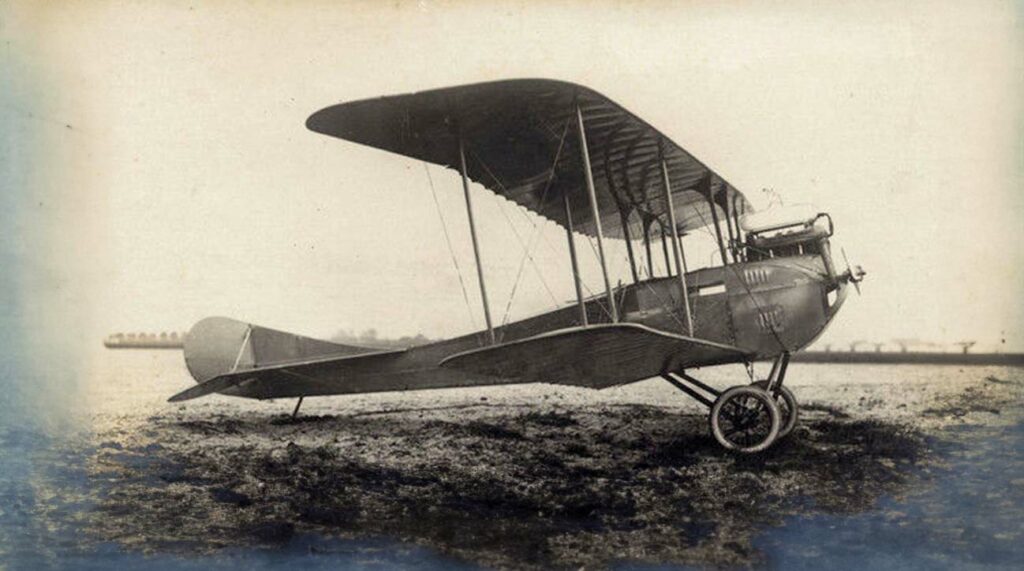Delve into the Rumpler C.I, a 1915 German reconnaissance aircraft, known for its exceptional performance in WWI with advanced design and superior capabilities.
This article provides a comprehensive overview of the Rumpler C.I, a German reconnaissance aircraft from 1915. It discusses the historical context of its development, design features, performance metrics, and its role in military operations during World War I. The Rumpler C.I, introduced in 1915, emerged as a significant asset in aerial reconnaissance during World War I. Its development reflected the rapidly evolving needs of aerial warfare and the push for superior intelligence-gathering capabilities.
History of the Development of the Rumpler C.I
The early 20th century, particularly the period of World War I, saw rapid advancements in aviation technology. The Rumpler C.I was developed by Rumpler Flugzeugwerke, a company known for producing aircraft that combined innovative design with practical functionality. This aircraft was designed to meet the German military’s urgent need for effective aerial reconnaissance, which was crucial for gathering intelligence and directing artillery fire.
Launched by Edmund Rumpler, an Austrian engineer, the Rumpler C.I’s development aimed to create a versatile and reliable two-seater reconnaissance aircraft. It first flew in 1915 and quickly proved to be one of the best of its kind. The Rumpler C.I did not have a NATO nickname, as it predates the formation of NATO by several decades.
Design of the Rumpler C.I
The Rumpler C.I was notable for its robust and aerodynamic design. It had a length of 7.6 meters (25 feet) and a wingspan of 12.7 meters (41 feet 8 inches). The aircraft’s structure was primarily wood, with a fabric covering. Its design featured a well-balanced biplane configuration, which offered good stability and visibility.
The advantages of this design included excellent handling characteristics, a good field of view for the crew, and the ability to operate from relatively rough fields. However, its traditional wood and fabric construction meant that it was vulnerable to incendiary ammunition and suffered from limitations in speed and altitude compared to metal-built aircraft. The Rumpler C.I’s design influenced later reconnaissance aircraft, emphasizing the importance of crew visibility and aircraft stability.

Performance of the Rumpler C.I
Powered by a 160 horsepower Mercedes D.III six-cylinder inline water-cooled engine, the Rumpler C.I could reach a top speed of approximately 165 km/h (103 mph) and had a service ceiling of 5,000 meters (16,400 feet). It had a range of about 350 kilometers (217 miles).
When compared to contemporaries like the British Royal Aircraft Factory R.E.8, the Rumpler C.I offered superior speed and altitude capabilities, making it a formidable reconnaissance aircraft of its time.
Military Use and Combat of the Rumpler C.I
The Rumpler C.I was primarily used for reconnaissance and artillery spotting. It was equipped with a single forward-firing machine gun for the pilot and a rear-mounted gun for defense. It saw extensive service on the Western, Eastern, and Italian Fronts.
The aircraft performed well in operations, providing critical intelligence and enjoying a relatively low attrition rate. It competed with aircraft like the British R.E.8 and the French Voisin. The Rumpler C.I was not extensively sold to other countries but did serve in several allied air forces.
The aircraft remained in service throughout the war but was eventually superseded by more advanced designs like the Rumpler C.VII.
The Rumpler C.I was a vital asset in the German air service during World War I. Its advanced design, impressive performance, and effective use in reconnaissance roles underscored the importance of aerial intelligence in modern warfare. The Rumpler C.I’s legacy lies in its contribution to the evolution of military reconnaissance aircraft, setting a high standard for future developments in this critical field.
Back to the Spy Planes section.